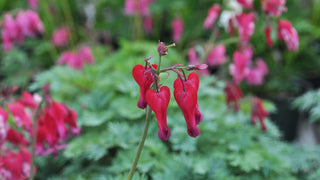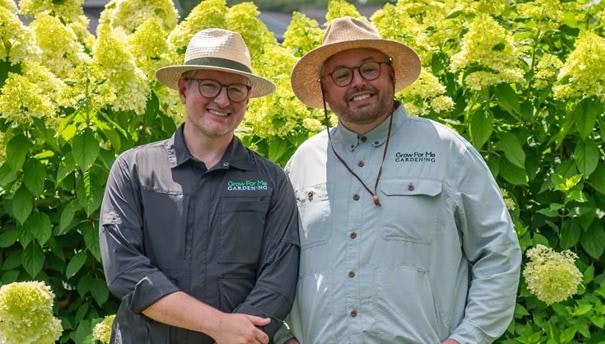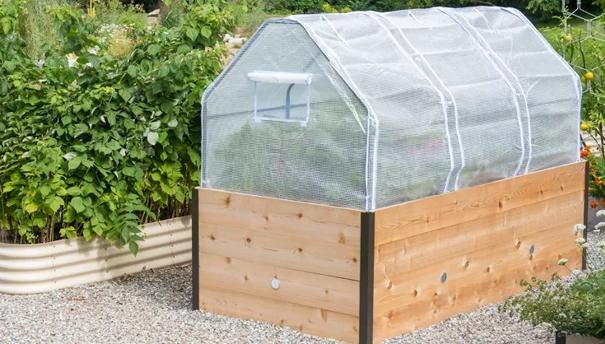Choosing plant varieties can be challenging; however, understanding certain horticulture terms can go a long way to helping you choose just the right plants for your needs. You may have seen terms like F1 hybrid or cultivar and wondered just what they mean — and, more importantly, why it matters. Here's a rundown of some common terms.
F1 Hybrid
Sometimes simply referred to as hybrids, these plants are created by plant breeders to enhance certain traits, such as improved hardiness, larger flowers, tastier fruit, or better disease-resistance. To create an F1 hybrid, breeders start by repeatedly inbreeding plants into two genetically stable strains. Then they cross-pollinate the two strains. The offspring are referred to as F1 hybrids.
Why this is important:
- If a certain plant disease is prevalent in your area, there may be a disease-resistant hybrid. For example, Early Girl is an F1 hybrid tomato that is resistant to several common diseases.
- F1 hybrids don’t grow "true to type" — that is, if you save and plant the seeds, the resulting plant may not have the desirable traits of the parent. If you want to save seeds, choose non-hybrid plants.
Open-Pollinated
If a plant isn't a hybrid, it's described as open-pollinated (OP). (Note that if a plant isn’t labeled as a hybrid, you can assume it’s OP.) In nature, these plants are usually pollinated by insects or the wind. Because the flow of pollen is unrestricted, OP plants have lots of genetic diversity.
Why this is important:
- Genetic diversity allows plant populations to adapt to local growing conditions and ecosystems.
- OP plants grow true to type — that is, if you save seeds for replanting, the offspring will similar (though not identical) to the parent plants.
- OP seeds are often less expensive than hybrid seeds.
Heirloom
Horticulturists differ on how they define the term heirloom. Many people consider a plant an heirloom if it is open-pollinated (non-hybrid) and has been around for at least 50 years. Others say it must have a record of being handed down generation to generation.
Why this is important:
- Varieties handed down over generations can adapt to thrive in the conditions of a specific locale.
- Some people think heirloom varieties are tastier.
- Because they'e open-pollinated, you can save seed for replanting year after year.
- Some heirlooms are more susceptible to diseases than their hybrid kin that have been bred for disease resistance.
Variety and Cultivars
A variety is a form of a species that is slightly different than the "regular" species, but not different enough to warrant a new species. Varieties are often found in nature, as opposed to being created by plant breeders.
The term cultivar is shorthand for cultivated varieties and refers to plants that have been developed by plant breeders or discovered growing in nature and propagated by horticulturists. The plants are often propagated vegetatively, such as by rooting cuttings.
Why this is important:
- Many commonly available plants are varieties or cultivars, with interesting features that make them more desirable than the straight species.
- Some cultivars are patented, making it illegal to propagate them yourself. The plant name may bear a trademark symbol, and you may see a warning that propagation is prohibited.
Learn More
Saving Seeds: One of Gardening's Best-Kept Secrets
How Genetic Engineering Differs from Traditional Plant Breeding




